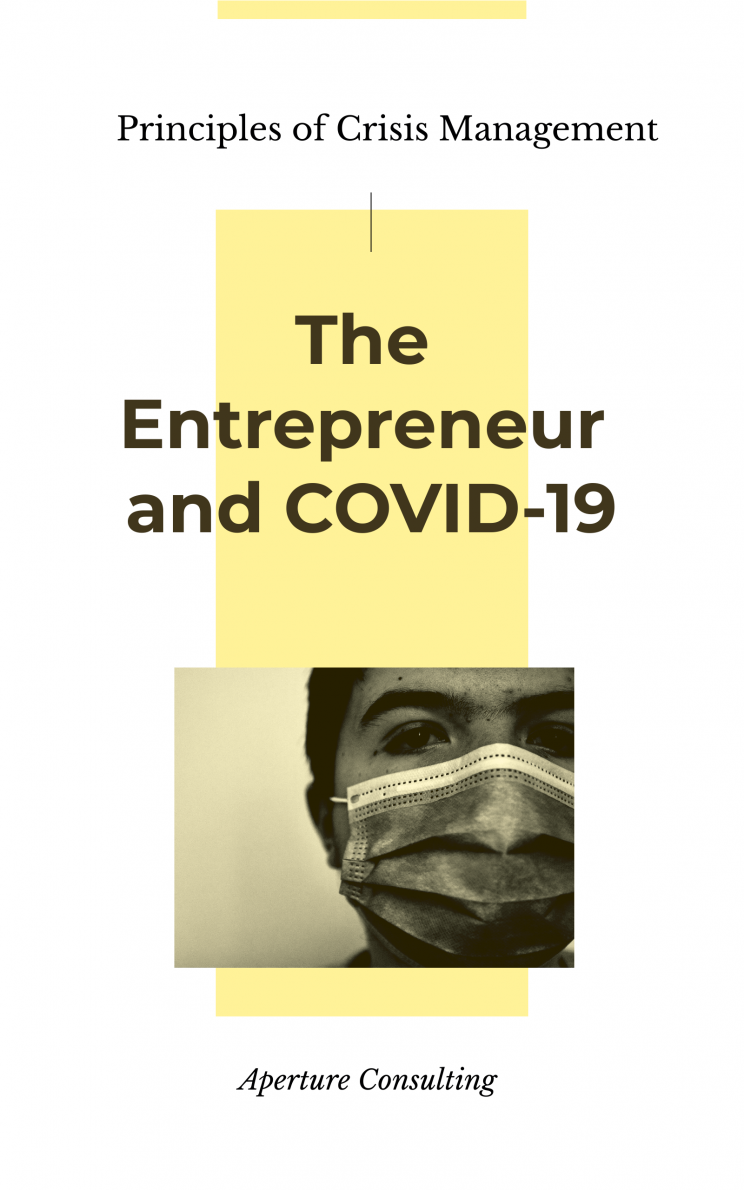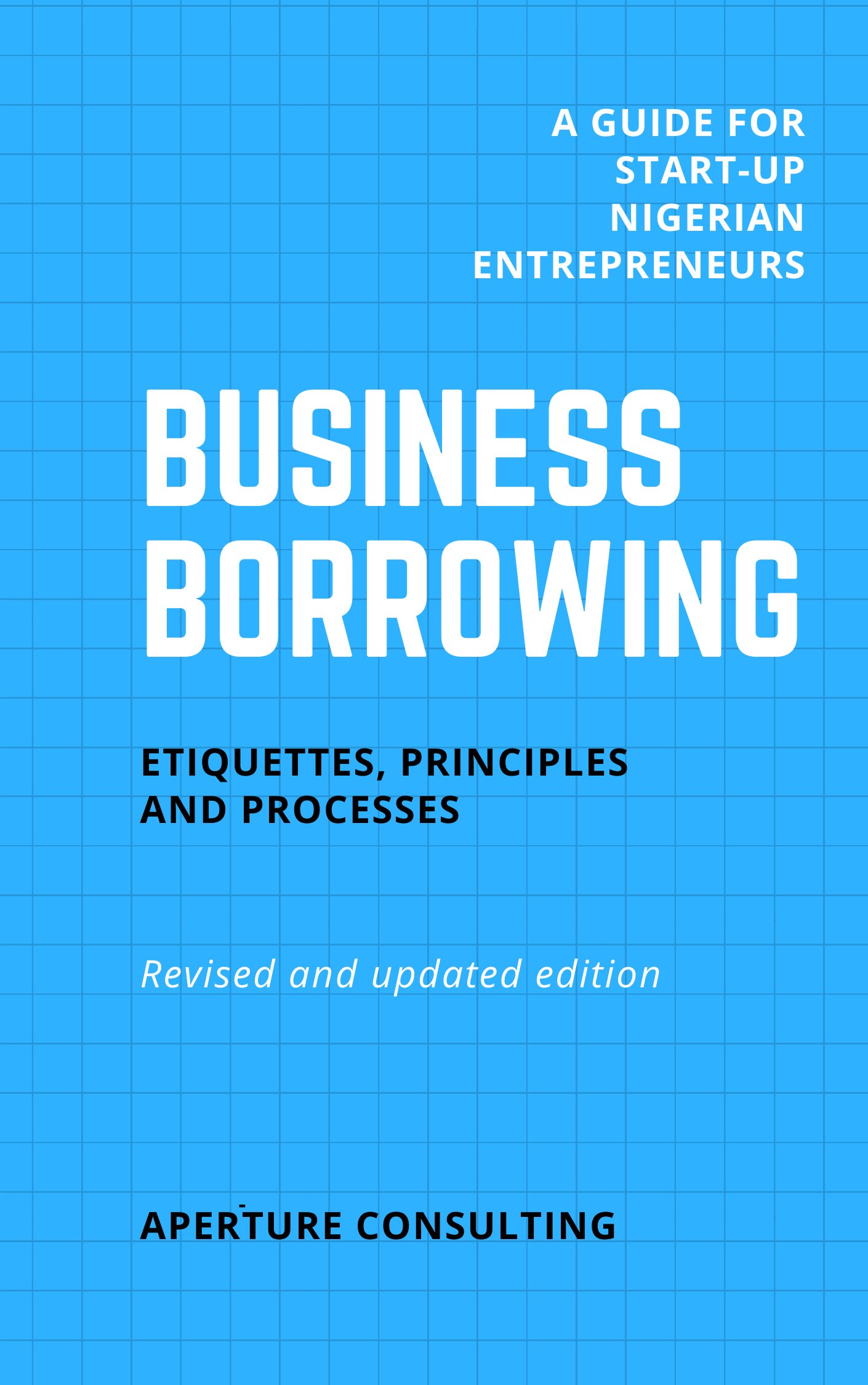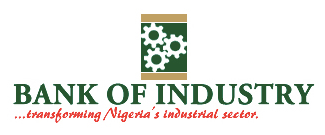 Here, we presuppose that you have already developed your business plan, raised the funds you require, employed the first set of your staff, bought or rented your office space and installed your equipment. Tomorrow you will open for business at 9am. You need to recheck the following tonight and be sure again.
Here, we presuppose that you have already developed your business plan, raised the funds you require, employed the first set of your staff, bought or rented your office space and installed your equipment. Tomorrow you will open for business at 9am. You need to recheck the following tonight and be sure again.
1. Review your business model: Your business model is the sum of you overall business strategy. Ensure that you have developed a ‘winning’ business model. Will you be producing your goods in-house or is production to be contracted out? Are you selling your products directly to end-users or through distributors and retailers? What technologies are you deploying? What human resource advantages do you plan to deploy? etc. Think through your business model and be sure that your company set up can execute the adopted strategy. You must have the required personnel and other resources. The objective is that your model and the execution of your strategy should create value that will attract and retain customers to you. If you are not clear or sure or happy with your business model, you are not likely to go far.
 2. Establish your metrics: Business metrics are quantifiable measures that can indicate how well a process or an asset is doing. For all types of businesses, certain metrics indicate how well or badly the businesses are doing. It is important that you identify the metrics that will correctly indicate how your business is doing. In some cases, different metrics might indicate how different business functions and units are doing. You should be clear what these metrics are and ensure that you track them. All key personnel should also be clear about which metrics are applicable to them and their departments.
2. Establish your metrics: Business metrics are quantifiable measures that can indicate how well a process or an asset is doing. For all types of businesses, certain metrics indicate how well or badly the businesses are doing. It is important that you identify the metrics that will correctly indicate how your business is doing. In some cases, different metrics might indicate how different business functions and units are doing. You should be clear what these metrics are and ensure that you track them. All key personnel should also be clear about which metrics are applicable to them and their departments.
Business indicators might be Sales, Cost to Acquire Customer (‘CAC’), Return on Investment (‘ROI’) etc. It is also important to understand what the drivers of these metrics are. For instance how do the number of customer calls affect sales? How will an asset acquisition or disposal affect your ROI? Understanding what drives or undermines your metrics will enable you direct the organisation to focus on those ‘drivers’ as well.
3. Be ready to set standards: There is no better time than at start up to establish required behavioural and operational standards. Be very clear about what you expect from your staff under different situations and circumstances. Your ability, at the beginning, to set the required and right standards is key to developing your organisational culture. As individuals, we have personal beliefs, values, and performance standards. We must also develop the right corporate beliefs, values and performance standards. This makes it easier for you to attract personnel who either share the same beliefs or can be bought in.
Your corporate standards should define how your company acts in differing situations. They can, for instance, be guidelines that describe performance and safety expectations; they can set standards for complying with regulatory agencies and professional organisations; they can be voluntary rules you establish to create confidence among your customers. The standards you set should align with your corporate mission and business objectives. If you succeed in setting the right mind-set and standards of behaviour across the company, you will be well on your to creating and strenthening your brand.
4. Provide leadership: At this initial stage, you need to provide exemplary leadership to your staff. Even if you do not have any staff yet, you have to provide leadership to yourself. This is the right time to start developing a culture of discipline, performance and integrity amongst all staff and in dealing with your customers and other stakeholders. Two very important factors that will help you develop your leadership capability are your personal competence and integrity. Your competence here refers to your knowledge and skills as they relate to your business whilst integrity refers to your adherence to a moral code that should be reflected in transparent honesty and complete harmony in the way you think and act. These two factors will make it possible for you to earn the trust and confidence of those you deal with. You must never take them lightly or for granted. As Zig Ziglar said, ‘honesty and integrity are by far the most important assets of an entrepreneur‘.
5. Ensure that you are you starting lean: It is very important that you start with only the barest minimum you need. If you can start your business from home, by all means do! Do not bother renting or buying an expensive space. You could use the cash for other more productive uses. The idea here is that you should start with the minimum overhead costs possible. Fixed costs must be minimised.
Learn to make the best and highly efficient use of your working capital. Toyota and Dell Computer are two companies that have done so well in managing their working capital, amongst other assets, thereby boosting their profitability. Learn to make the best and most use of all assets at your disposal.
 6. Start selling immediately: At the end of the day, a business must sell some product or service to generate revenue. You should therefore hit the ground selling! All hands must be on deck selling and collecting payments. Sales, revenue generation and cash collection are the first indicators that you may be on the right track. Obviously, selling should be made at a profit.
6. Start selling immediately: At the end of the day, a business must sell some product or service to generate revenue. You should therefore hit the ground selling! All hands must be on deck selling and collecting payments. Sales, revenue generation and cash collection are the first indicators that you may be on the right track. Obviously, selling should be made at a profit.
Much more than we like to think, people are willing to give start-ups opportunities. You simply need to ensure that you can deliver. Do not over-promise and end up under-delivering. You should rather deliver more than you promised. These kind of, initial, opportunities come quite often. Have a nose for them. Seize them and lever on them to get more business from the client and other potential clients as well.
7. Handle set-backs promptly: I always tell budding entrepreneurs that set-backs and challenges come with the territory. You have to have the mind-set to see them for what they are. You should respond to them quickly and decisively. Learn from them and let the individuals involved and the organisation come out better, wiser and stronger.
Disney Corp. weathered several major financial setbacks in the late 1920s and 1930s. For instance they lost the rights to their very popular Oswald the Lucky Rabbit character. The company ended up in debt of of about $4 million by the early 1930s. They did not give up. Extremely cash tight, the company barely financed and released “Snow White and the Seven Dwarfs” in 1938. That catapulted Disney Corp out of bankruptcy and bankrolled the building of a new Walt Disney Studios in Burbank, California. Walt Disney said of what they went through “You may not realize it when it happens, but a kick in the teeth may be the best thing in the world for you.”
8. Obey the law: Ensure that your business is duly registered as may be required by applicable laws. Discuss with your lawyer and accountant and ensure that you are in compliance with all extant laws. Tax, personnel, environmental and safety issues are particularly important. Make sure that you are in compliance. This is both morally the right thing to do as well as it helps you demand your own rights wherever and whenever necessary. Besides, they form part of the overall contribution that businesses make to change the world for the better.
 9. Meet with your mentor: Request to meet with your mentor at these initial stages a little more frequently than might be later. Always give him the full information he requires to advise you. Don’t pretend to be brave when you have things worrying you. Share your hopes and plans as well as your fears and apprehensions with him.
9. Meet with your mentor: Request to meet with your mentor at these initial stages a little more frequently than might be later. Always give him the full information he requires to advise you. Don’t pretend to be brave when you have things worrying you. Share your hopes and plans as well as your fears and apprehensions with him.
Our next right up will be on on Selling.














